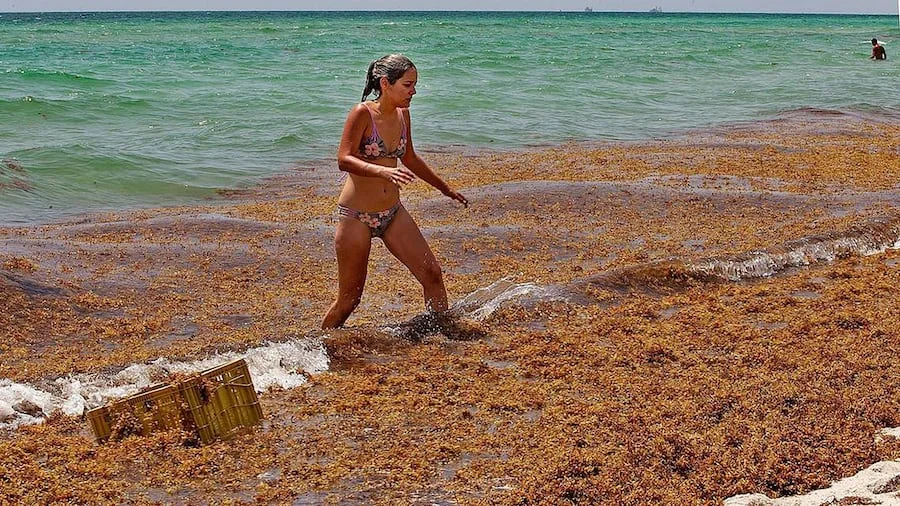
What Lurks in the Atlantic? Florida Braces for a Massive Seaweed Assault
Florida's iconic beaches, long celebrated as havens for relaxation and adventure, are now facing an ominous threat that could disrupt summer plans and raise environmental alarms. Scientists predict an unprecedented surge of sargassum seaweed, potentially the worst on record, which could pile up on shores, emit foul odors, and affect tourism and public health. As climate patterns shift, this phenomenon highlights the growing intersection of environmental changes and everyday life along U.S. coastlines.
Researchers at the University of South Florida's Optical Oceanography Lab have issued stark warnings, forecasting a 40% increase in sargassum compared to the 2022 record. This floating brown seaweed, originating from the Atlantic and Caribbean, has already begun washing ashore from Fort Lauderdale to Miami Beach, leaving behind a smelly, itchy mess that irritates skin and exacerbates respiratory issues. Jace Tunnell, director of community engagement at the Harte Research Institute, echoes these concerns, noting that similar blooms in Texas are turning beaches into obstacle courses. Tunnell described the situation as an "unexplained phenomenon," with seaweed depths reaching knee and waist levels, reminiscent of peaks seen in 2014.

The issue extends beyond aesthetics. Experts like Peter Morton from Texas A&M's Department of Oceanography suggest human activities may be fueling the surge, with pollutants and nutrient runoff from rivers contributing to rapid seaweed growth. In South Florida, drone footage reveals massive clumps blanketing shorelines, potentially leading to fish kills and economic losses for beach-dependent businesses. According to the latest reports, April 2025 saw seaweed levels 200% higher than historical averages in the eastern Caribbean and western Atlantic, signaling a broader trend that could affect the Gulf of Mexico and southeastern U.S. coasts.
Comparisons to previous years underscore the severity: while 2022 set a high bar, this year's projections indicate even greater volumes, driven by warmer ocean currents and possible climate influences. The University of South Florida's upgraded Sargassum Watch System now offers advanced forecasting, helping officials prepare by tracking blooms days in advance. This tool could be a game-changer, allowing for proactive measures like beach cleanups to prevent the release of harmful gases as the seaweed decays.

As this environmental challenge unfolds, it raises questions about long-term sustainability. Scientists are calling for more research into the root causes, including how global warming and pollution might be amplifying these blooms. For beachgoers and locals, the impact is immediate—stinky shores could deter tourists, affecting livelihoods in states like Florida and Texas.
In essence, this record-setting seaweed season serves as a wake-up call to the vulnerabilities of our coastal ecosystems. What will it take to protect these treasures for future generations? We encourage readers to share their experiences with sargassum invasions in the comments below and discuss potential solutions to this growing threat.